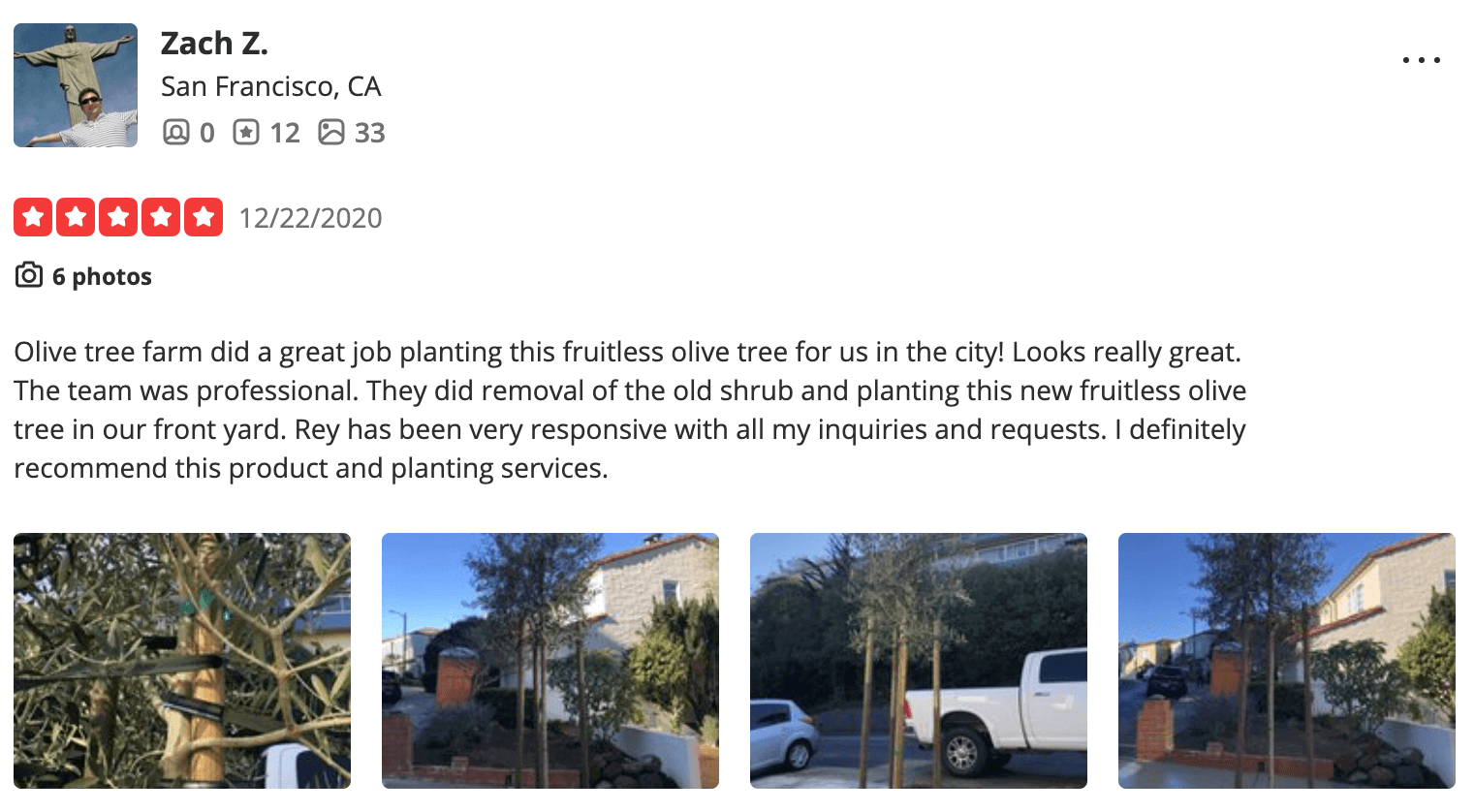Itrana Olive Trees
Itrana Olive Trees originate from the region of Lazo in Italy. The round, medium-sized olives grown on these trees are characterized by a fresh grassy aroma. With a peppery taste and a citrusy touch, they are mainly used to produce table olives, which can be served as appetizers or used in various culinary dishes. The rich quality of the oil pressed from Itrana olives is highly valued around the globe.
Itrana Olive Trees grow vigorously upward to a notable size, donning a compact crown while densely covered with large elliptical-shaped leaves. Maturing might be a little late (November-December) and staggered, but you can expect high yields. The red wine color of the olives with white dust speckles indicates that the fruit is ready for harvest.
- Fruiting Specimen
- Bloom (Early Summer)
- Vigorous Growth
- Color (Gray-to-Green)
- Olive Oil (Intense & Fruity Flavor with a Peppery Touch)
- Landscape and Commercial
Care and Maintenance
Itrana olive trees are not high-maintenance because they adapt to different growing regions. They grow well in most average, well-drained, and slightly alkaline soils. Their erect and glossy thick form upon growth makes them best for multiple landscape applications. The best part about growing them is their resistance to cold and most common olive pests. However, young plants still need protection from extreme cold temperatures and olive flies.
| Quick Facts | |
| Origin | Lazo, Italy |
| Scientific Name | Olea Europaea ‘Itrana’ |
| Family | Oleaceae |
| Tree Type | Fruiting Specimen |
| Common Names | Olive of Gaeta, Grossa, Trana and Ciceronea, The Olive Tree, Itrana Tree, Olea Europaea |
| Height | (Insert) |
| Toxicity | Non-Toxic |
| Light | Full Sun |
| Watering | Occasional Watering Required |
| Soil | Well-Drained, Nutrient-Poor Soil |
| Hardiness | Hardy down to 20 to 30 °F |
| Foliage | Gray-to-Green |
| Growth | Vigorous |
| Olive Oil | Intense & Fruity Flavor with a Peppery Touch |
Don’t Take Our Word, Hear What Our Customers Say!



Interested? We’d love to hear from you!
Call us at 707-732-6152 for a free consultation!
Looking for something else? We might have it for you...
Arbequina Olive Trees
Arbosana Olive Trees
Ascolana Tenera Olive Trees
Cerignola Olive Trees
Coratina Olive Trees
Itrana Olive Trees Kalamata Olive Trees
Koroneiki Olive Trees
Leccino Olive Trees
Little Ollie Dwarf Olive Trees
Majestic Beauty Olive Trees
Manzanillo Olive Tree
Maurino Olive Tree Mission Olive Tree
Pendolino Olive Trees
Picholine Du Gard Olive Trees
Picual Olive Trees
Sevillano Olive Trees
Swan Hill Olive Trees
Wilsonii Olive Trees
Zitoun Olive Trees